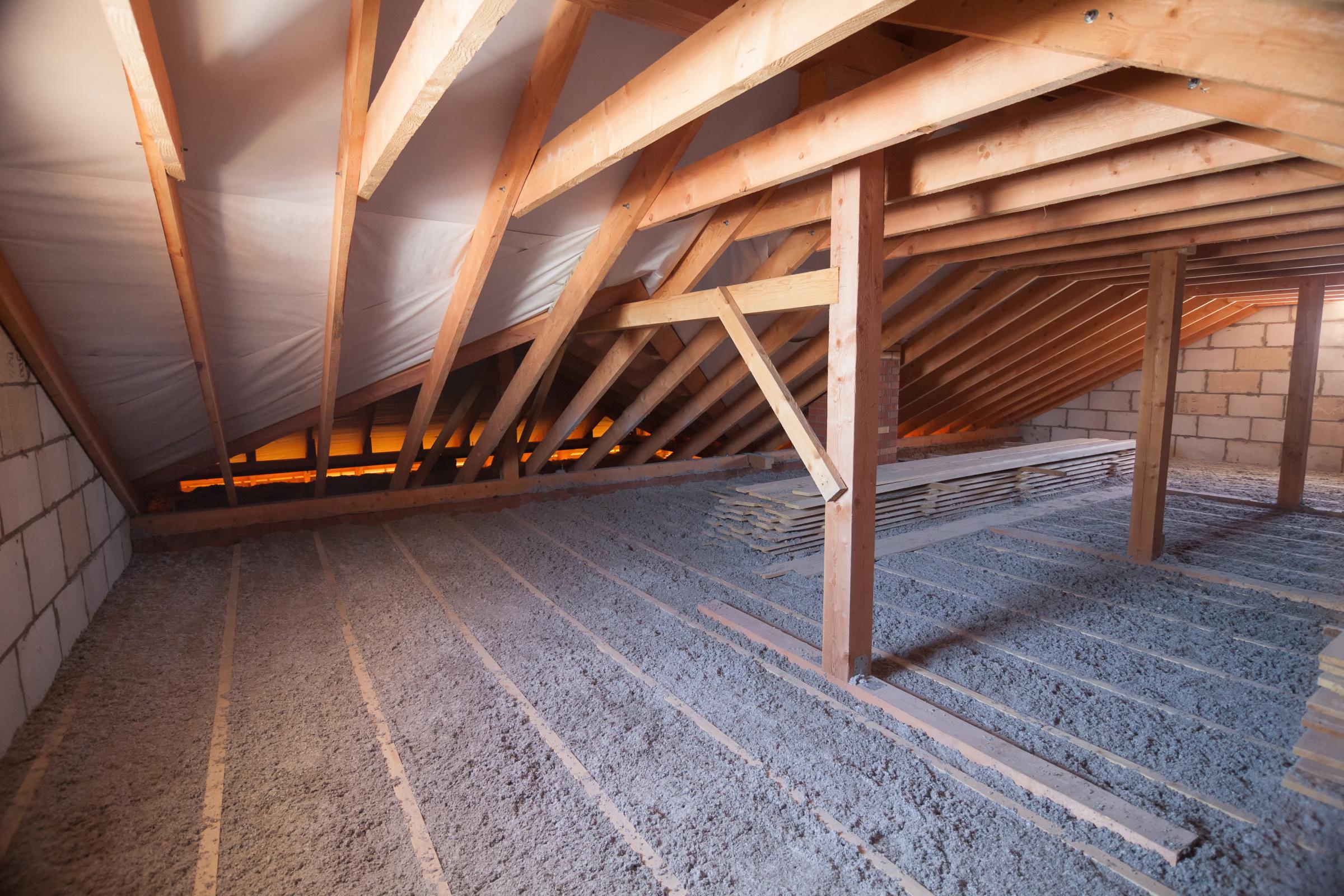What Animal Is in My Attic at Night? Shocking Facts Revealed!
Share
Have you ever been jolted awake by strange noises coming from your attic at night? If you find yourself wondering, 'what animal is in my attic at night?', you're not alone. Many homeowners face the eerie mystery of nocturnal visitors invading their homes, and the situation is usually more serious than it may seem.
Understanding what might be lurking above you can be crucial for your peace of mind and the safety of your home. In this article, we'll delve into the common animals that take up residence in attics, signs to look for, and the effective ways to manage and prevent these intrusions.

Common Animals Found in Attics
Several types of animals are notorious for making attics their home. The most common ones include:
- Raccoons - These clever critters are drawn to attics because they offer a safe environment to nest and raise their young. You may hear loud noises such as scratching and thumping as they move around.
- Squirrels - Squirrels are agile creatures that can squeeze through small holes in your roof or eaves. Once inside, their gnawing can cause significant damage.
- Bats - While bats are beneficial for the ecosystem, their presence in your attic can be alarming. They typically roost in colonies, and their droppings, known as guano, can create health hazards.
- Rats and Mice - These small rodents are excellent climbers and will seek out attics for food and shelter. Their droppings and the sounds of scratching can be a clear indicator of their presence.
- Opossums - Sometimes seen as cute, opossums can wreak havoc when they invade your attic. They are also known carriers of various diseases.
Signs of Wildlife in Your Attic
Identifying the signs of animal presence in your attic is essential. Look out for:
- Strange Noises - Listen for scratching, scurrying, or growling, especially at night when these animals are most active.
- Nesting Materials - Find signs of shredded paper, insulation, or leaves indicating nesting activity.
- Droppings - Animal droppings can be a clear indication of your attic's inhabitants. Different animals will leave different types of droppings.
- Damage - Look for signs of gnawed wires, holes in walls, or insulation that has been torn apart.
How to Determine the Intruder
Once you suspect an animal is making its home in your attic, it's vital to identify the type of animal for effective removal. You can do this by:
- Observing the Noises - Different animals make different sounds. Raccoons usually make loud noises, whereas mice are often silent.
- Checking for Tracks or Droppings - Research the droppings and tracks and compare them to identify the animal.
- Monitoring Activity - Use cameras or noise-detecting devices to monitor the areas where noises occur.
Life-Changing Solutions to Address the Issue
After identifying the intruder, immediate action is necessary. Here are some options you can consider:
- Professional Wildlife Removal - Hiring experts ensures proper removal and can help prevent future infestations. [More info here](http://www.wildlife-removal.com/animal-in-attic.html).
- DIY Traps - If you're handy, consider setting traps designed for the specific animal in question. Remember to check local laws regarding the handling and relocation of wildlife.
- Repair Entry Points - After removal, seal any holes or gaps that might have allowed entry. This can be as simple as hardware cloth for small openings or larger plywood for bigger areas.
Preventing Future Attic Intrusions
Preventing animals from entering your attic is just as important as dealing with existing issues. Here are some terrific steps:
- Regular Maintenance - Perform routine checks of your roof and eaves for potential entry points.
- Secure Garbage - Keep trash containers tightly closed, as food sources will attract wildlife.
- Trim Tree Branches - Prune branches that are close to your roof, which can serve as access points for raccoons and squirrels.
Shocking Stats About Attic Wildlife
It may astound you to know that nearly 30% of homeowners report at least one wildlife encounter in their attics. This suggests a significant prevalence of the problem and the necessity of awareness. Regular checks and preventive measures can save you from hefty repairs and health hazards associated with wildlife infestations.

FAQs about Animals in the Attic
What should I do if I hear noises in my attic?
If you hear noises in your attic, the first step is to determine the type of animal, as different species require different removal strategies. You can observe the sounds and check for signs such as droppings or nesting materials.
Can animals damage my attic structure?
Yes, animals can cause significant damage, including chewing wires, tearing insulation, and creating holes in the structure that can lead to larger problems.
How can I safely remove animals from my attic?
While DIY methods can be effective, it is often best to hire a professional wildlife removal service. They have the expertise and equipment to handle the situation safely and humanely.
For more advice on wildlife control, you can check out [this resource](https://www.terminix.com/wildlife-control/how-to-get-rid-of-wildlife/attic/).
Understanding the importance of handling wildlife in attics and knowing what signs to look for can make a remarkable difference in managing your home effectively. For further reading on keeping critters out, consider visiting [this page](https://www.wikihow.life/Keep-Animals-out-of-Your-Attic).
